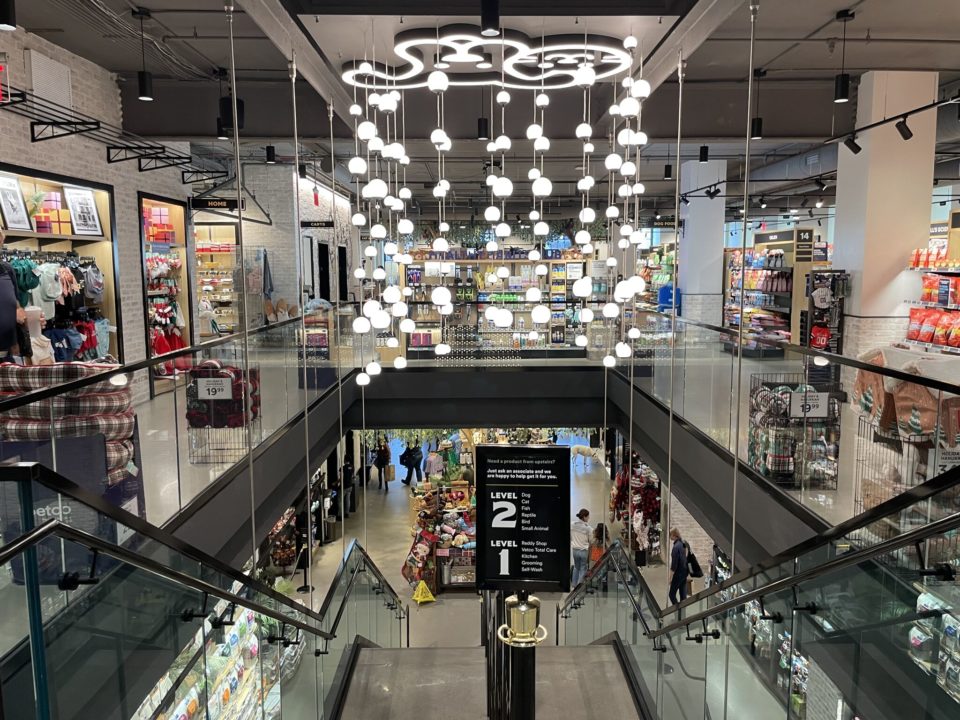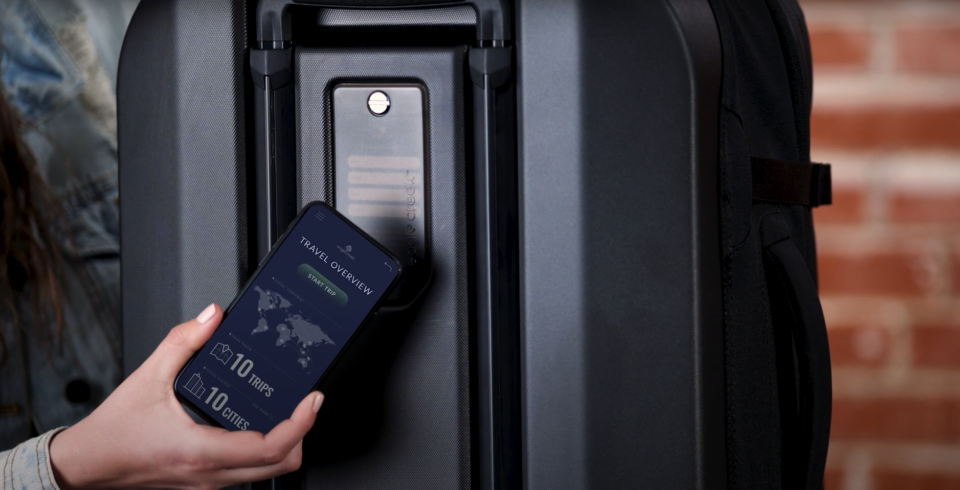Why Brands Should Work With Local Culture
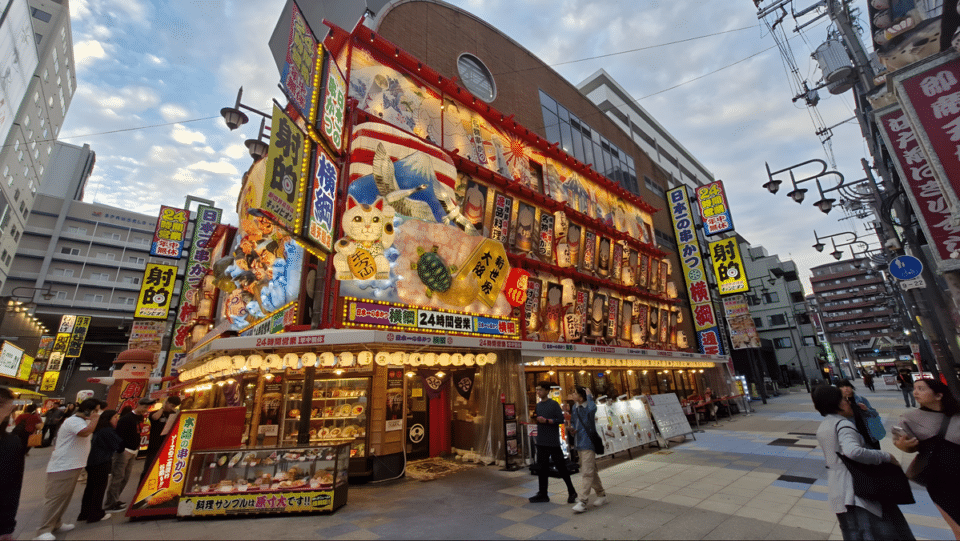
You can’t miss the huge Nebuta festival-style restaurant signboards of Shinsekai in south Osaka. The 3D models and building-high graphics are attention-grabbing by day but only get better when it grows dark and the lanterns are lit.
Most of the eateries have been here a long time. They’re local, independent businesses. But a few chains have managed to move into the area. One is Kura Sushi, a Japanese conveyor belt sushi restaurant chain. The other is McDonald’s, which needs no introduction.
These two chains sit next door to each other. But their approach to their storefront is very different.
I’ll let the picture speak for itself.
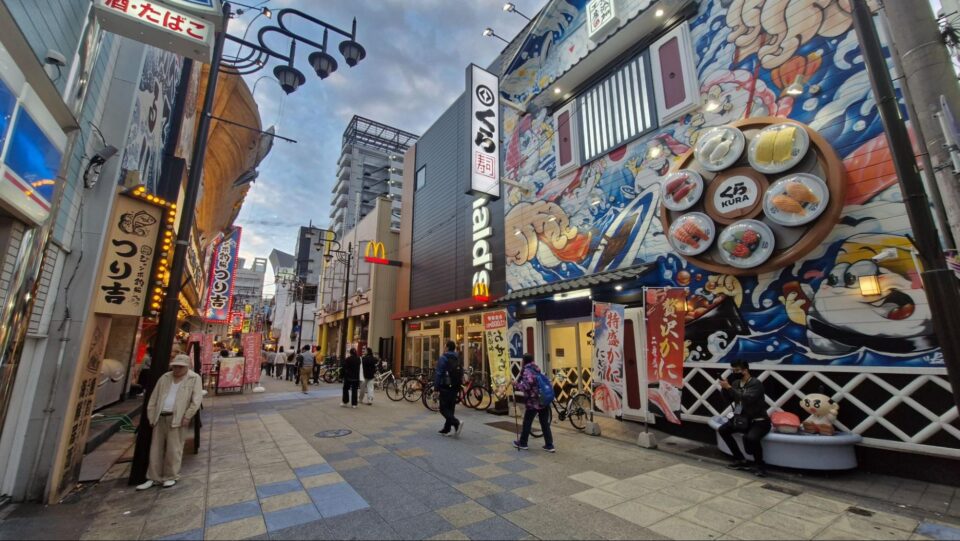
Now some people will see this and think ‘that’s great branding. Look at how much McDonald’s stands out on this street.’
Except there’s standing out and there’s deliberately not fitting in. And McDonald’s doesn’t fit in here. It makes no effort to. Despite the fact that Shinsekai – which translates to ‘New World’ – is known for its enduring post-War retro-futuristic design.
You can either work with or against local culture. And it’s usually those who work with it who succeed.
I’d like you to take a look at a different photo.
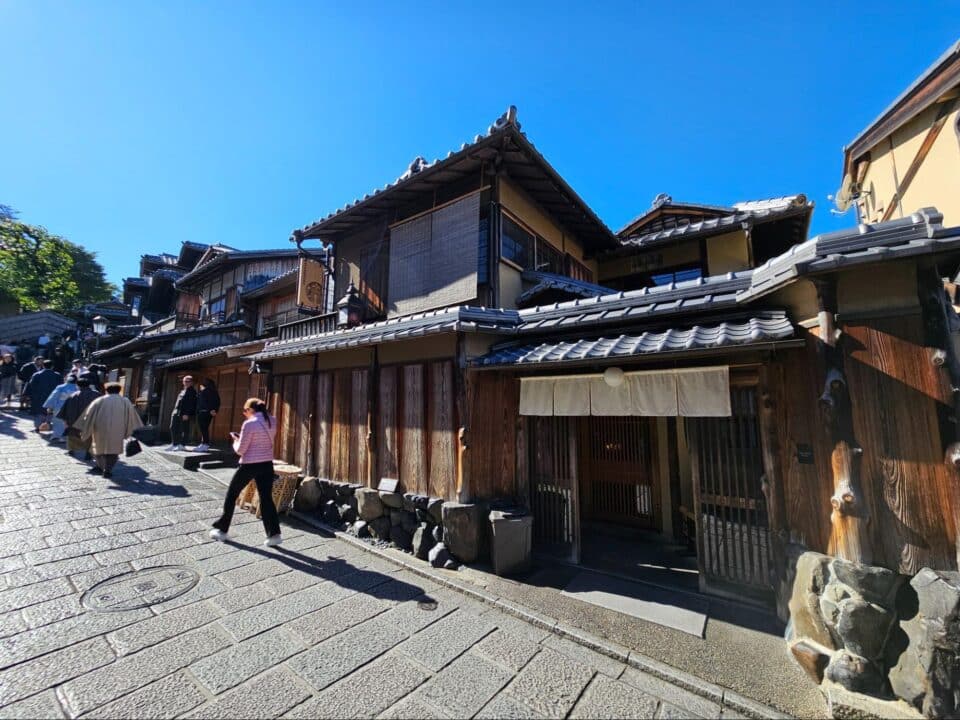
How long did it take you to spot the branding?
This is Ninenzaka – a historic street in the Higashiyama area of Kyoto. And this is a photo of Starbucks.
And from a branding point of view – the same one that would think favourably about McDonald’s in Shinsekai – you could say it sucks. It doesn’t stand out on the street. It doesn’t use the company’s brand colours. There will be people who never realise there is a Starbucks here.
That’s not good for business, right?
Except the Starbucks Ninenzaka Yasaka Chaya store is the one making an impact on consumers.
Embracing Local Culture Creates Places People Want to Visit
Imagine the McDonald’s from Shinsekai slapped onto Ninenzaka with a black shopfront and big neon yellow and red sign. Would it be great branding just because it stands out? Or would it take something away from the area?
Reportedly, it took ten years to bring the Ninenzaka Starbucks to life. A lot of that is because of legislation designed to protect the history and culture of the area.
And rather than be a negative thing, that focus on maintaining culture has resulted in a one-of-a-kind Starbucks space. It’s elegant and minimalist in design – there’s no flashy brand colours or logos. A small garden takes inspiration from traditional Japanese tea ceremonies. Upstairs is traditional tatami mat seating.

Yes, Starbucks is a chain, but the Kyoto Ninenzaka Yasaka Chaya store feels authentic and respectful in the best way possible. It reflects local heritage rather than imposing its own brand culture.
You can see this happening across Japan. Le Labo’s Kyoto store preserves the historical wear and tear of the traditional machiya townhouse it’s located in. Local convenience chain Lawsons forgoes its familiar blue and white branding in favour of wooden storefronts in certain rural areas, such as the island of Miyajima.
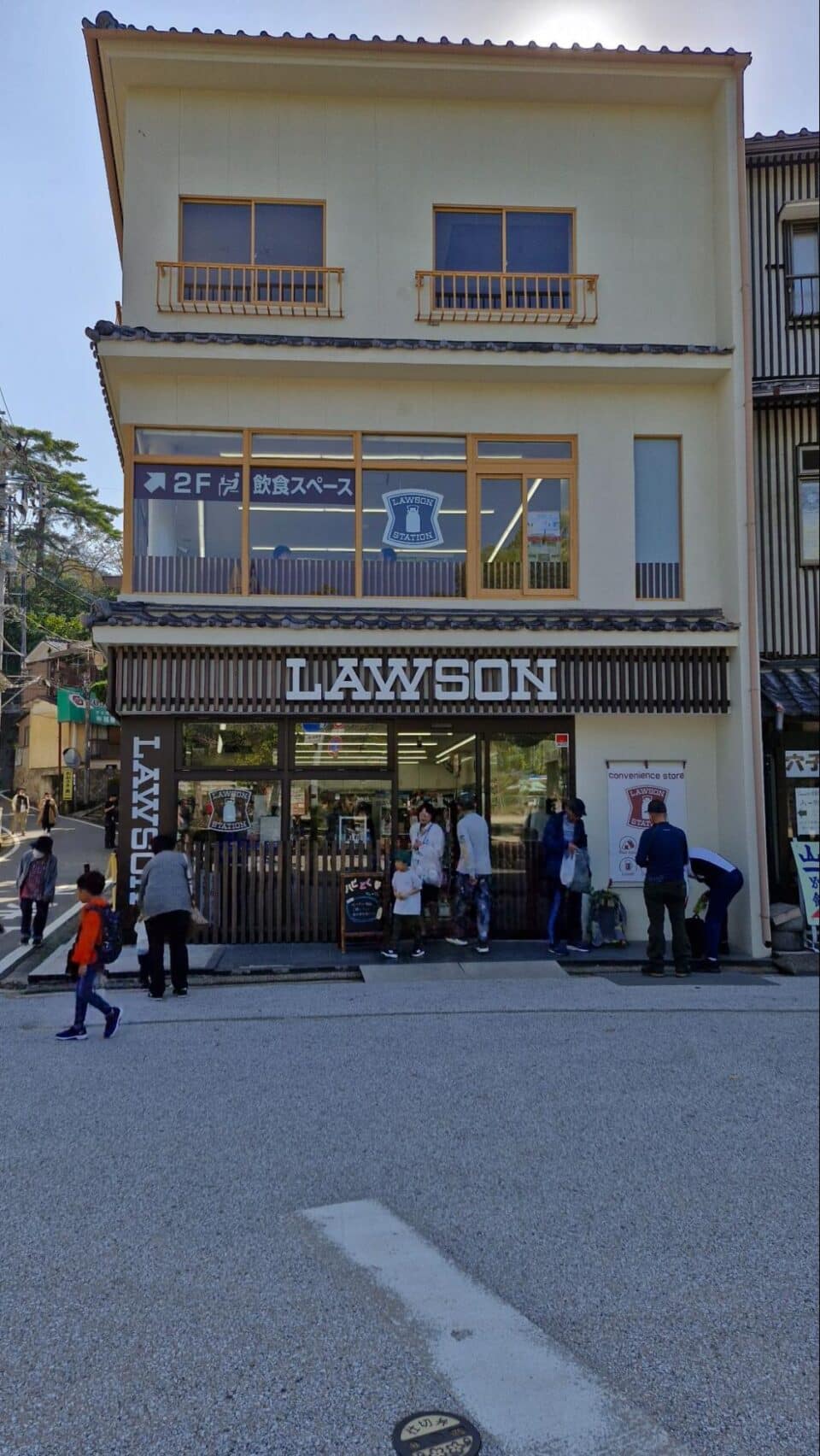
It’s not just happening in Japan either. We’ve seen a growing trend of retailers taking over historic and architecturally interesting spaces – and preserving their most interesting features – in major cities across the world. Often to great effect.
In Kyoto, Ninenzaka Yasaka Chaya isn’t another carbon copy branch of Starbucks. It’s unique – shaped by the history of the area it’s in. And customers like unique.
That’s why this particular store has become an attraction. People actively seek it out. They recommend it as a must visit space. They write blog posts and top 10 lists that feature it. They stop specifically to take photos of it.
They post about it on social media. They search for it in Google. ChatGPT even recommends it if you ask about Ninenzaka and things to do.
People would be queuing out the door and down the street if they could. Only that’s not allowed because it’s disruptive to people walking by.
Which seems a little crazy when you really think about it. This is a Starbucks – it’s one of more than 40,000 sites worldwide. There are plenty of others in Japan – in Kyoto even. It’s ubiquitous.
But the Ninenzaka store isn’t. It’s a one-off because it works with the local culture.
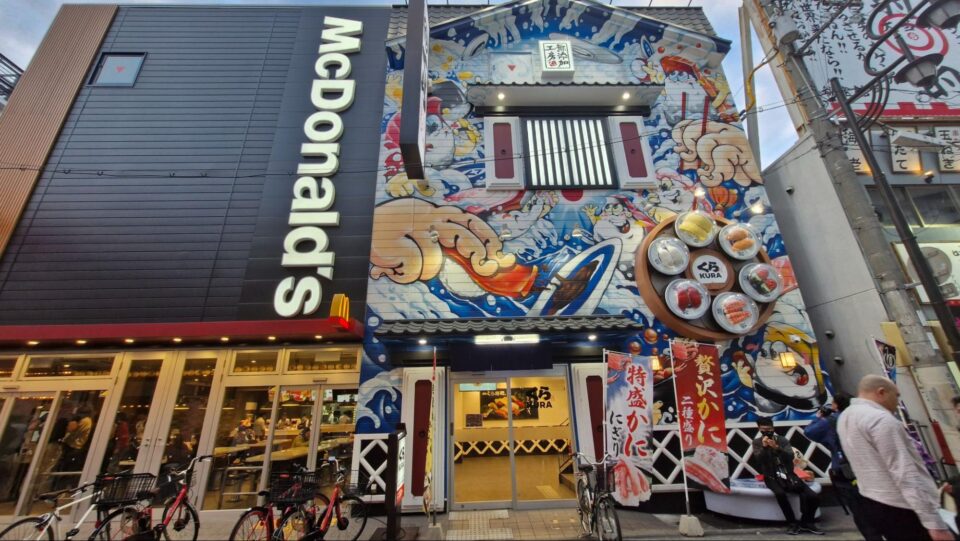
Over in Shinsekai there are no such rules about queuing. But no one’s lining up outside the McDonald’s. Even tourists who just want familiar brands aren’t writing blog posts about the space – no one is recommending it.
It might end up in some photos but only because people are snapping the Kura Sushi next door.
Interestingly, if you go back a few years Kura Sushi’s store had a plain white storefront. It didn’t fit the area either. Now look at it.
Is it really McDonald’s that has the great branding here?


